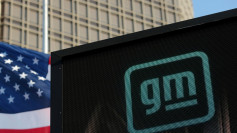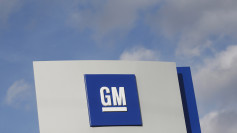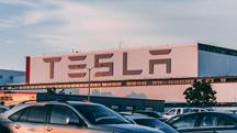The pandemic will not stop Tesla from developing ideas to make their cars smarter. According to CEO Elon Musk, the company is hard at work to improve its Autopilot system so that its vehicles will soon be able to identify stop signs and traffic lights. A "Reverse Summon" feature is also in the pipeline.
In a tweet, Musk said they are "working super hard" to release the new features set for Tesla vehicles. "We're working super hard on getting traffic lights and stops released," the CEO wrote. "Reverse Summon (auto park) will be part of the core Autopilot software upgrade for FSD [Full Self-Driving] this year."
Summon is Tesla's automated parking feature. It is designed to allow a vehicle to pull out of parking space and drive a few yards at slow speeds. The Reverse Summon feature will do the opposite: once the driver exits his Tesla car, it will find a parking spot by itself.
When Smart Summon was released, there were a few close calls as Teslas did their best to find their owners and pick them up. The tech has got a lot of potential to it, but it may not be the best trick to pull off when pedestrians are walking, and numerous other cars are passing by. We're hoping Tesla makes some improvements.
On its website, Tesla has already listed "automatic driving on city streets" and the ability to "recognize and respond to traffic lights and stops signs" as upcoming features. As of the moment, the automaker offers two driver-assist options: the basic Autopilot system and the Full Self-Driving Capability.
Tesla's Autopilot system allows vehicles to accelerate, steer, and brake while staying in a single lane. Its Full Self-Driving feature, on the other hand, adds more upgraded features, such as auto parking, automatic lane change, the ability to negotiate highway on-ramps and off-ramps, and Smart Summon.
Should Tesla succeed in upgrading its cars to allow identification of stoplights and traffic lights, it would put them ahead of rival automakers, like the driver-assist system of Cadillac's Super Cruise. Musk, however, did not put into detail how it will deploy the upcoming features.
Some automakers have integrated V2X technology into their cars' systems to recognize traffic lights, but this requires both traffic lights and cars to be equipped with the needed hardware. Audi, for one, has a feature that notifies drivers when lights will change. It's only available in a few selected cities that have V2X-ready infrastructure.




